■ Previous GM Sound Source Series
GM Sound Source 01: Ancient GM Sound Sources
GM Sound Source 02: Piano Category
GM Sound Source 03: Chromatic Percussion Category
GM Sound Source 04: Organ Category
GM Sound Source 05: Guitar Category
GM Sound Source 06: Bass Category
The orchestra category includes essential instruments such as the violin family and timpani. Each string instrument is adjusted to be used as a solo instrument.
Violin

041 000 Violin - Range: G3-C7
This sound is optimized for solo performance. While it is difficult to produce the diverse tonal expressions of a real violin, careful editing can achieve a sound like the one in the video. However, due to the need to express bow dynamics, smooth position shifts, vibrato, and more, this is not an easy instrument to program. Given its prominence in a mix, the violin could be considered one of the least suited instruments for MIDI sequencing.
041 001 Slow Violin - Range: G3-C7
A violin with a slower attack. Like the previous one, this sound is difficult to program and requires delicate, precise control.
042 000 Viola - Range: C3-C6
The viola is slightly larger than a violin and produces a tone an octave lower. It is not as commonly used as a solo instrument, making it a somewhat understated presence compared to the violin. However, it has a deep and captivating tone.
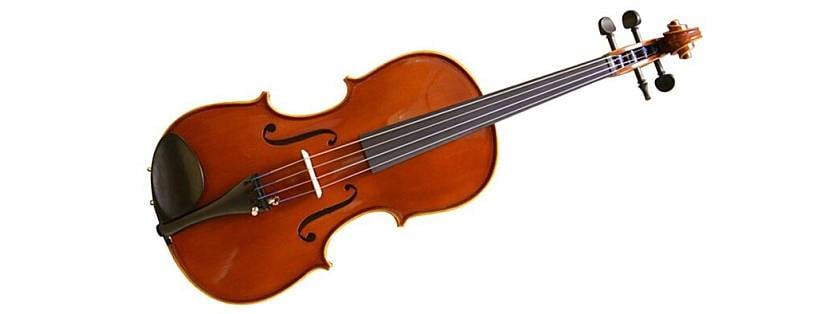
043 000 Cello - Range: C2-C5
The cello sound in TTS lacks some of the instrument’s characteristic richness, but depending on how it is used, it can still be quite effective.
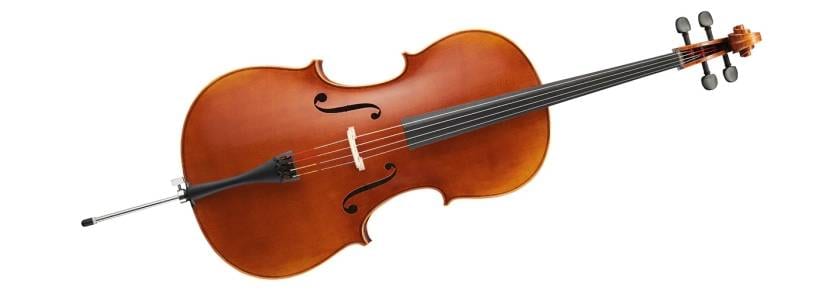
044 000 Contrabass - Range: E1-G3
While this contrabass sound uses the same instrument as the acoustic bass in the bass category, the playing style differs—this one is played with a bow. When played with a velocity above a certain threshold, an attack noise is introduced, enhancing its realism.
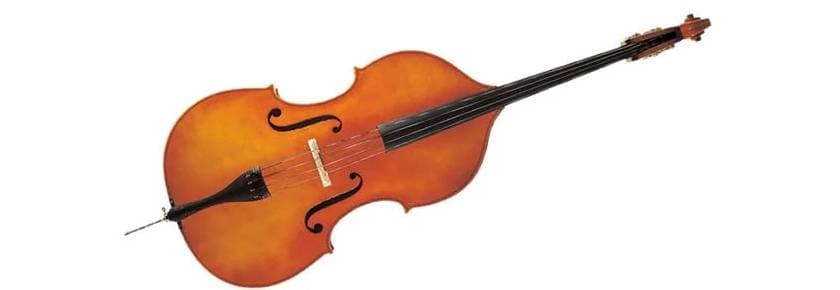
045 000 Tremolo Str - Range: E1-C7
This represents the tremolo technique, where the bow rapidly moves back and forth. Instead of individual instrument samples, this sound is designed as an ensemble spanning from violins to contrabasses. However, due to the limitations of the sampling process, lower notes play back with an unnaturally slow tremolo, making them unusable. Testing suggests that the cello range is the lowest practical limit. In the video, this sound was used to add an eerie atmosphere to a horror-style phrase.
046 000 Pizzicato Str - Range: E1-C7
Pizzicato is a playing technique where the strings are plucked with fingers instead of using a bow. This sample is an ensemble, but by forcing it to play a violin phrase, it managed to sound somewhat convincing. Adjusting the velocity to be slightly lower improved its realism.
047 000 Harp - Range: C1-G7
The harp used in orchestras is a double-action pedal harp. To make it sound realistic, an understanding of its playing techniques and structure is essential. The strings are tuned to a diatonic scale, similar to playing only the white keys on a piano. A flowing glissando is the key to achieving a natural orchestral harp sound. The harp has seven pedals, each corresponding to a white-key note, which can raise or lower the pitch by a semitone. This allows for various scales and chords to be played via glissando. However, the pedal adjustments are not entirely freeform, meaning glissandos are typically performed using chord tones that avoid dissonance. In many cases, 6(9) chords are commonly used for glissando passages. The diagram illustrates a scenario where the B pedal is raised, shifting B to B-flat, thus changing the key to F major.
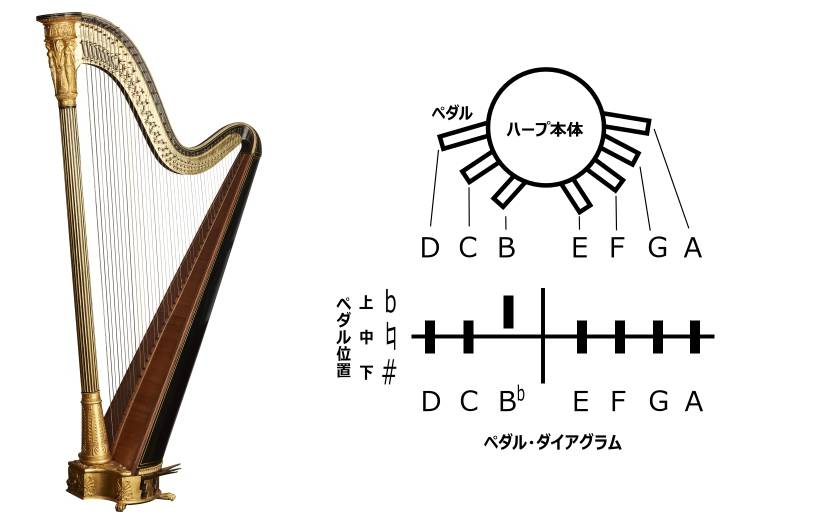
Image on the Left: Pedal harp - Own work, CC0 (Sourced from Wikipedia)
047 001 Yangqin - Range: E2-E6
For some reason, the Yangqin, a Chinese hammered dulcimer, is included in the orchestra category. It closely resembles a dulcimer in both structure and playing technique. Since the strings are struck with flexible bamboo mallets, the instrument is capable of producing delicate drum-roll-like effects. A commonly heard Chinese-style phrase was tested in the video. In the States, this phrase is widely recognized as the ‘Oriental Riff’, often associated with Chinese culture. However, it is not actually derived from traditional Chinese music; rather, it originated as part of an operetta composition in the mid-19th century. Despite being a simple descending pentatonic scale, the melody leaves a strong impression, which is quite fascinating.

048 000 Timpani - Range: D2-C4
The timpani is a pitched membranophone that can adjust its tuning within a range of about a perfect fifth per drum. When sequencing MIDI parts, going beyond the natural tuning range results in an unrealistic timpani sound, so care must be taken to stay within appropriate limits. In live performances, timpani are usually played in sets of two to four drums of different sizes. This means that a typical timpani phrase will only use about four different pitches. While MIDI programming allows for more notes, keeping in mind the actual instrument’s limitations will lead to more realistic results.
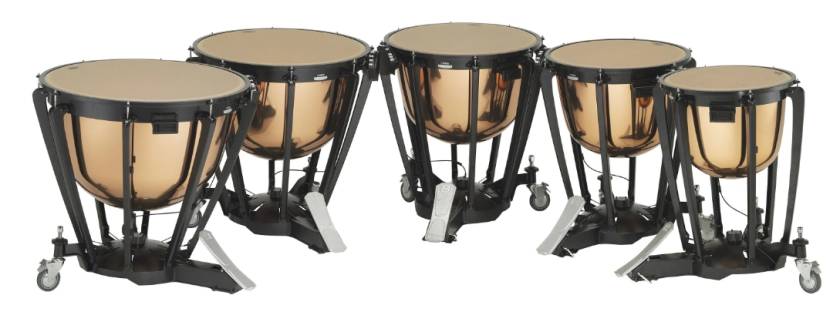
The image below shows a five-timpani setup, with each drum having a specific tuning range. Modern timpani use pedal mechanisms for rapid pitch changes, allowing for adjustments mid-performance. Some techniques even involve altering the pitch immediately after striking the drum.
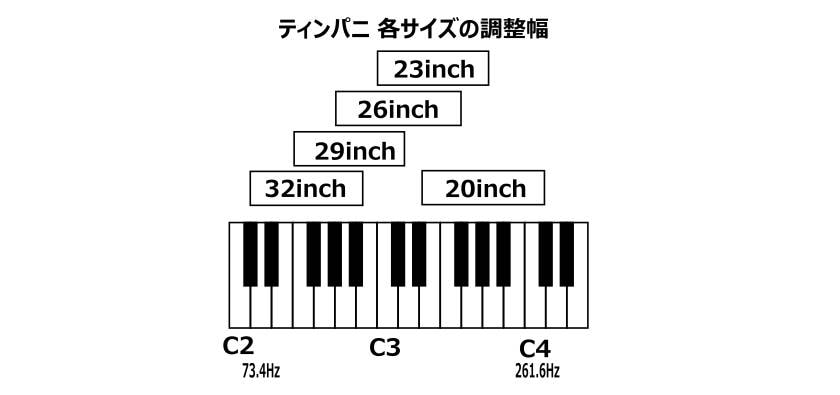
The “sound & person” column is made up of contributions from you.
For details about contributing, click here.
















![[2023] Recommended Items for Music Programming - DAW/Software Instruments/Plug-ins](/contents/uploads/thumbs/2/2020/11/20201102_2_11495_1.jpg)
 定番DAWソフトウェア CUBASE
定番DAWソフトウェア CUBASE
 iZotopeが手がけるオールインワンDAW “Spire”
iZotopeが手がけるオールインワンDAW “Spire”
 DTMセール情報まとめ
DTMセール情報まとめ
 DTMに必要な機材
DTMに必要な機材
 バイオリンの基本的な取り扱い
バイオリンの基本的な取り扱い
 DTM・DAW購入ガイド
DTM・DAW購入ガイド















